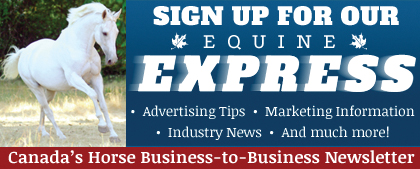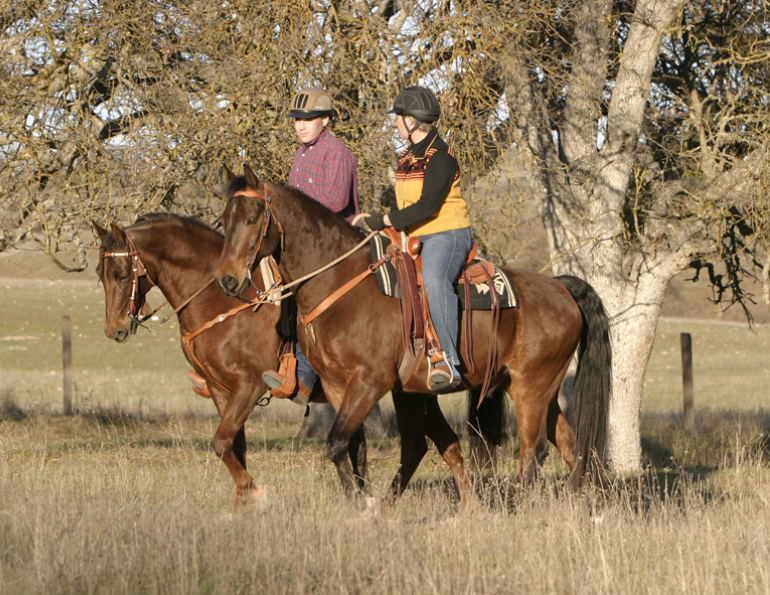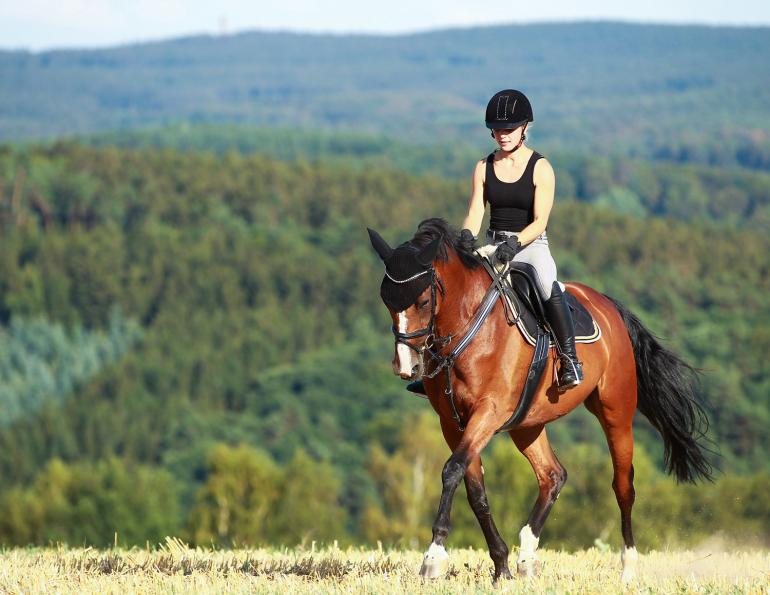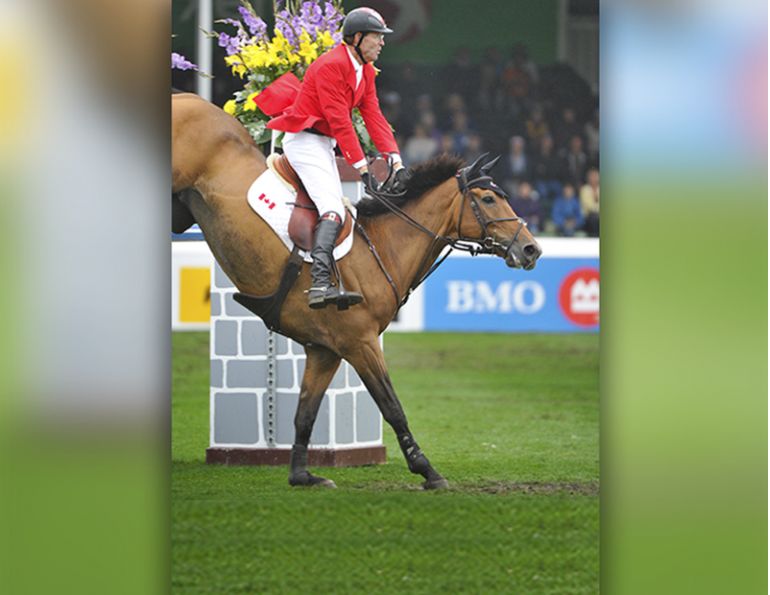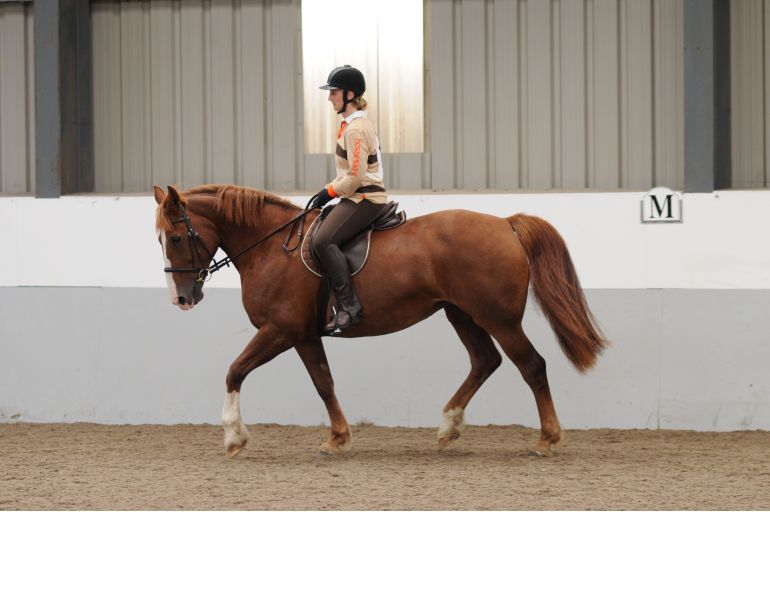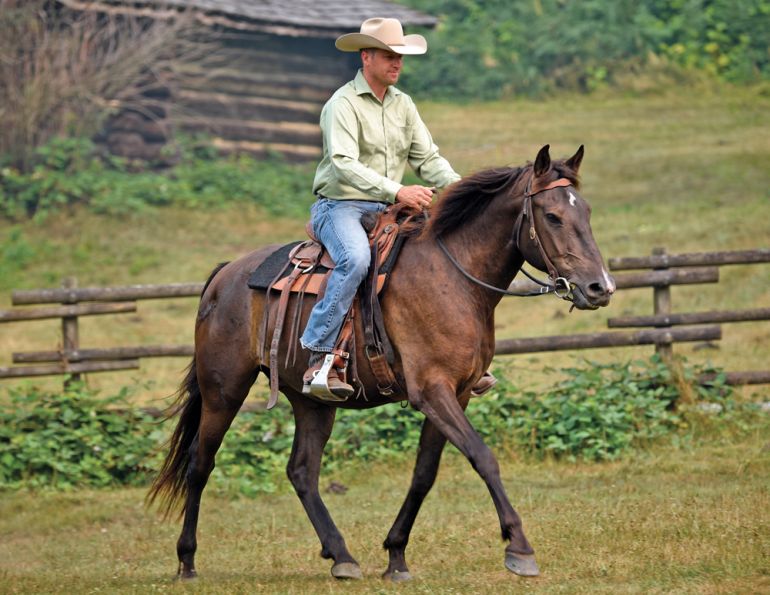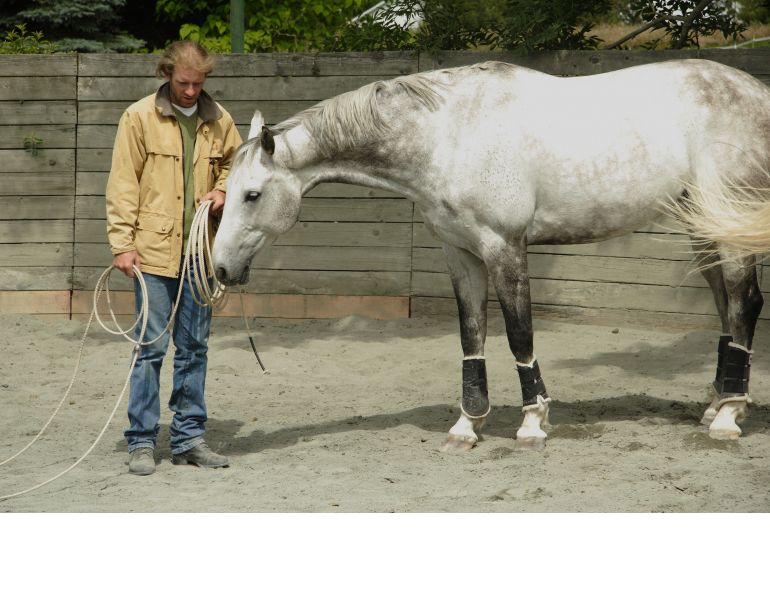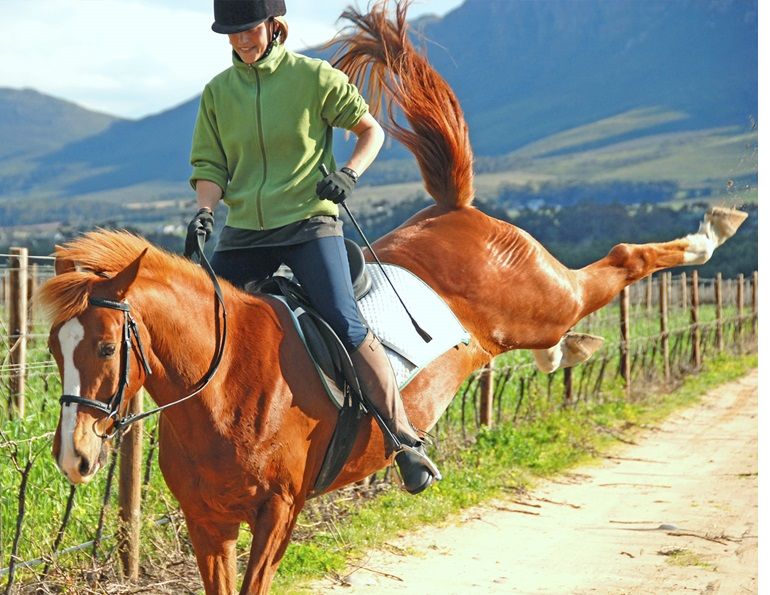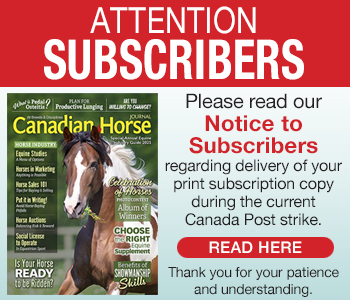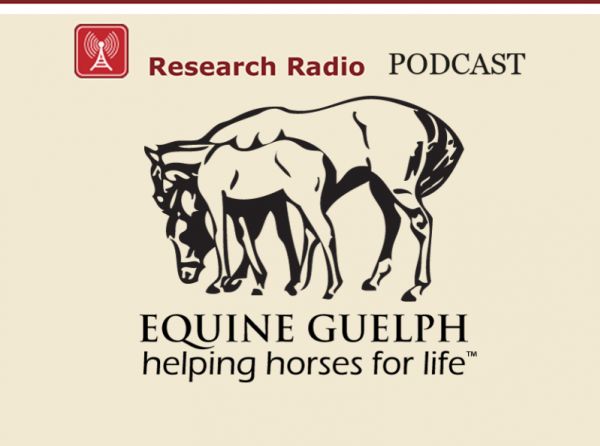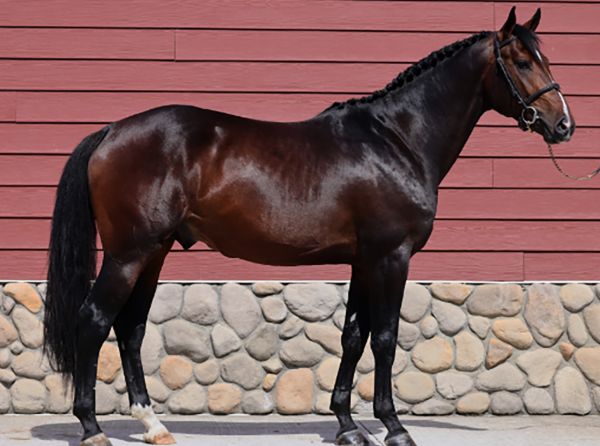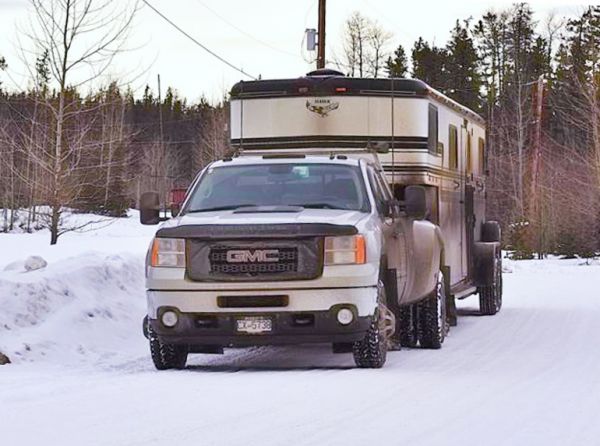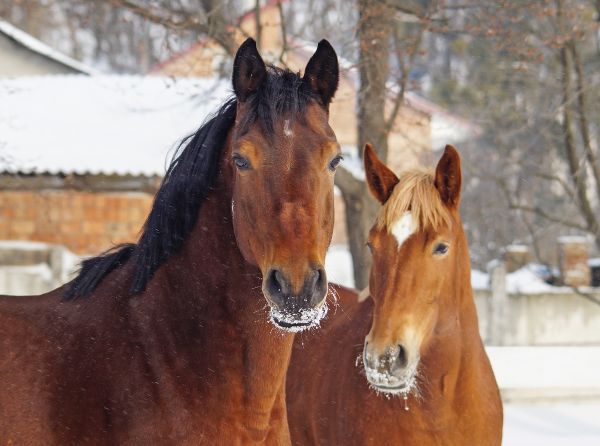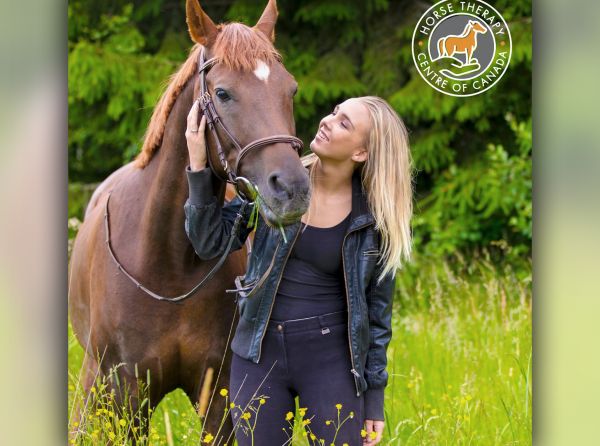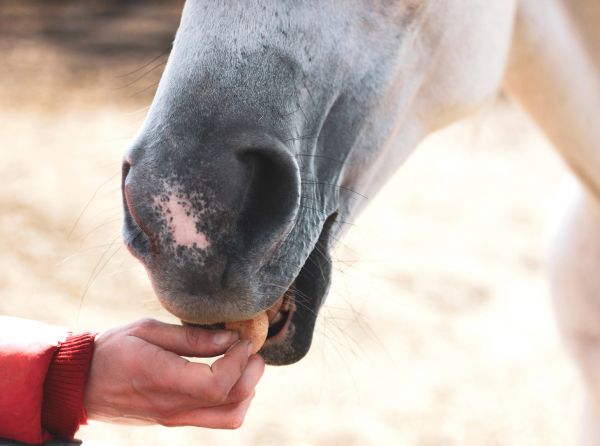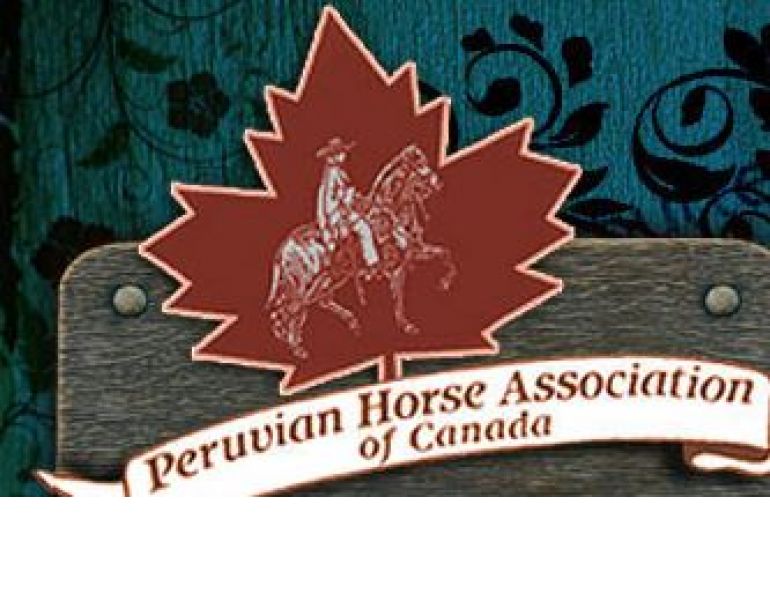By Lindsay Grice
Q As a novice amateur competitor, I often ask the advice of trainers and other seasoned competitors. Most seem to agree that my horse has the movement and talent to make it at the amateur level, but say she isn’t “broke enough.” I’m not exactly sure what this means and what I need to do to get that edge.
A Broke. Finished. Made. The term for a horse with all the kinks ironed out differs across disciplines, but the concept is the same. This is an educated horse who knows his job. This is an experienced horse; he’s had his education tested out in various environments. This is an obedient horse; he responds to every subtle cue without any drama. Judges don’t have the time to sift through emotions, goofing around, or missed lead changes to see the lovely movement and conformation underneath.
So how do you get your horse to the next level?
One advantage of actually competing with your horse over simply riding for pleasure is that it provides you with the opportunity to measure the skills you are working on at home against the standard of other competitors. Many times I have returned home with a horse after a show having determined we weren’t steady enough, fast enough, or slow enough, and resolved to get back to the drawing board! What I thought was “broke” needed some more finishing. And because the standard is always being raised a little higher, we need to do our homework to keep up. Have a look at the horses that consistently place well. Keep that standard in mind. Likely those are the horses that comprehend and are totally in tune with their riders’ most discreet cues, and are willing, dependable, consistent, and content stride after stride.
|
A broke horse is an educated horse that knows and will perform his job without hesitation in all environments. |
Here are some ideas that may help as you endeavour to rise to the next level.
Be Realistic
When we go to a show thinking that what we have to offer is pretty good, we often have our eyes opened to what is actually possible and realize we can expect more from our horses. We take home a new mental image on the computer screen of our minds and set out to match it. Just make sure that the goal is reasonable according to the talent and maturity of your horse.
Define Your Expectations
If you fail to plan, you plan to fail, so decide what you expect from your horse in all aspects of your daily routine. An attentive horse on the ground is more likely to be attentive under saddle. As the alpha leader of your herd of two, you can expect him to be attentive to you in the training ring, warm up ring, and eventually the show ring if you keep your expectations consistent in each place.
Do you expect him to stand completely still while mounting or will you allow him to take some steps without being asked? Do you want him to travel deep into that corner or choose his own path across it? Do you really want a six foot loping stride or will a nine foot length do? Push yourself to make these decisions. A “broke” horse listens for his herd leader to make decisions. Your horse is hard-wired to either follow the leader or to be the leader.
Step, Don’t Leap, Toward Your Goal
A three percent improvement with most training sessions really adds up in a few months. For instance, if you’re trying to match that slow rhythmic stride of last week’s Western pleasure winner, be content with shaving a little at a time off your horse’s stride, slowing the count bit by bit until he becomes comfortable. If you do it all at once, you’ll destroy the quality. Next, you can work on lowering and steadying his frame. Finally, polish these skills while riding right beside another horse or some other distraction.
In lengthening a hunter’s stride to get down the lines easily, lengthen the distance between fences incrementally. If you try to do everything at once, you’ll cause fear and confusion, and horses can’t learn anything effectively when they’re afraid.
Expect it Consistently
Nothing messes up a horse’s mind more than boundaries that move. Horses learn by repetition and they like routine. Once a goal is reached, expect the same standard all the time and in every environment. For instance, if your trail horse learns he is not to touch the tree decorations on the course, yet is permitted to nibble at the bushes when you’re out riding, nuzzle your pockets for treats, or hand graze, you may be sending him mixed signals. Is he allowed to play with your fingers in the barn aisle but not in a showmanship class?
It takes a well-thought-out game plan in order to make a “broke” horse. It takes a hundred little things that work together for that winning performance. Take the lead, have consistent boundaries for your horse, and raise your expectations — you’ll be amazed at what your horse can do!
Main Article Photo: In order to have your horse become truly finished, you must have realistic goals, be consistent in your actions and expectations, and not try to rush any training.
This article originally appeared in the November/December 2010 issue of Canadian Horse Journal.





